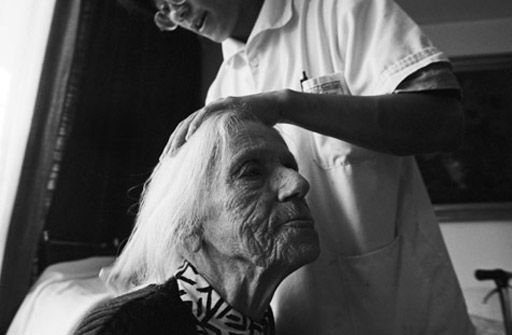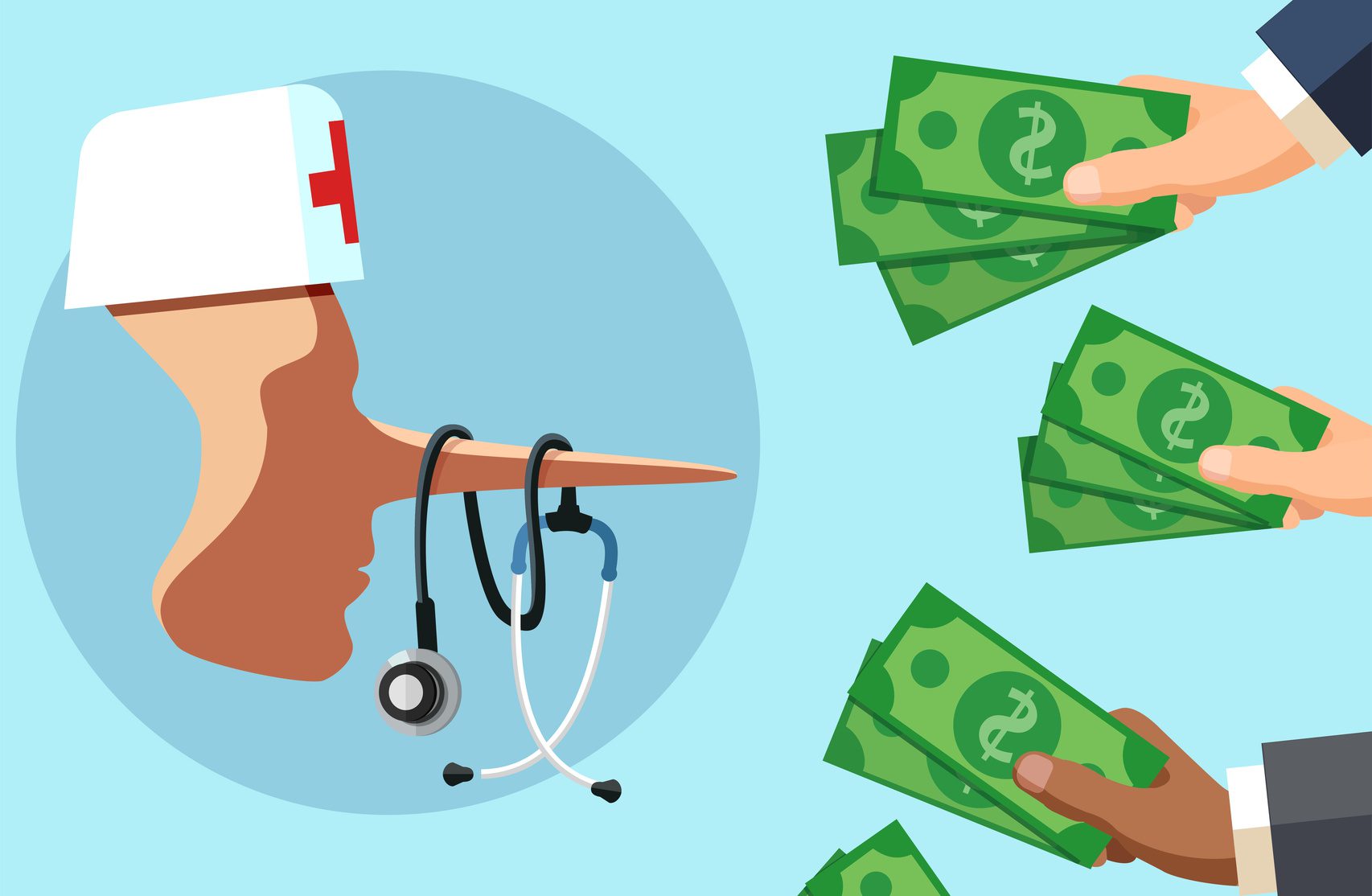Their health care benefits consist of hospital care, primary care, prescription drugs, and traditional Chinese medication. However not everything is covered, consisting of costly treatments for uncommon illness. Patients have to make copays when they see a doctor, visit the ED, or Drug Rehab Center fill a prescription, but the cost is normally less than about $12, and differs based on patient earnings.
Still, it might spread out medical professionals too thin, Vox reports: In Taiwan, the average number of physician check outs each year is currently 12.1, which is almost two times the number of gos to in other established economies. In addition, there are only about 1.7 doctors for every single 1,000 patientsbelow the average of 3.3 in other developed nations.
As an outcome, Taiwanese physicians usually work about 10 more hours weekly than U.S. physicians. Physician payment can likewise be a problem, Scott reports. One doctor said the requiring nature of his pediatric practice led him to practice cosmetic medicinewhich is more profitable and paid independently by patientson the side, Vox reports.
For example, patients note they experience hold-ups in accessing brand-new medical treatments under the country's health system. Sometimes, Taiwanese patients wait 5 years longer than U.S. clients to access the current treatments. Taiwan's score on the HAQ Index reveals the significant enhancement in health outcomes amongst Taiwanese citizens since the single-payer model's implementation.
However while Taiwanese residents are living longer, the system's effect on doctors and growing expenses presents difficulties and raises concerns about the system's monetary substantiality, Scott reports. The U.K. health system provides healthcare through single-payer design that is both financed and run by the federal government. The result, as Vox's Ezra Klein reports, is a system in which "rationing isn't an unclean word." The U.K.'s system is funded through taxes and administered through the (NHS), which was developed in 1948.
developed the (GREAT) to determine the cost-effectiveness of treatments NHS thinks about covering. NICE makes its protection choices utilizing a metric called the QALY, which is short for quality-adjusted life years. Generally, treatments with a QALY below $26,000 per year will receive NICE's approval for protection - why is health care so expensive. The decision is less particular for treatments where a QALY is in between $26,000 and $40,000, and drugs with a QALY above $40,000 are unlikely to get approval, according to Klein.
NICE has actually faced particular criticism over its approval procedure for brand-new pricey cancer drugs, resulting in the facility of a public fund to help cover the cost of these drugs. U.K. residents covered by NHS do not pay premiums and instead contribute to the health system through taxes. Clients can acquire extra Visit this page personal insurance, but they hardly ever do so: Just about 10% of citizens purchase private protection, Klein reports.
What Does Identify The Reasons Why Doctors Wield Power In Today’s Health Care System. Do?
citizens are less most likely to avoid essential care because of costswith 33% of U.S. residents reporting they've done so, while just 7% of U.K. locals said they did the very same. But that's not state U.K. residents do not deal with difficulties getting a doctor's visit. U.K. citizens are three times as most likely as Americans to state that had to wait over 3 months for a specialist consultation.
relating to NICE's handling of certain cancer drugs. According to Klein, "reaction to NICE's rejections [of the cancer drugs] and slow-moving procedure" resulted in the creation of a different public fund to cover cancer drugs that NICE hasn't authorized or examined. The U.K. ratings 90.5 on HAQ index, higher than the United States however lower than Australia.
system is "underfunded," research study has actually shown that citizens mostly support the system." [NICE] has made the UK system uniquely centralized, transparent, and fair," Klein writes. "However it is constructed on a faith in government, and a political and social solidarity, that is hard to think of in the United States."( Scott, Vox, 1/15; Scott, Vox, 1/17; Scott, Vox, 1/13; Scott, Vox, 1/29; Klein, Vox, 1/28; The Lancet, accessed 2/13).
Naresh Tinani enjoys his task as a perfusionist at a hospital in Saskatchewan's capital. To him, monitoring client blood levels, heart beat and body temperature throughout heart surgical treatments and intensive care is a "advantage" "the ultimate interaction in between human physiology and the mechanics of engineering." However Tinani has also been on the other side of the system, like when his now-15-year-old twin children were born 10 weeks early and fought infection on life assistance, or as his 78-year-old mother waits months for brand-new knees amidst the coronavirus pandemic.
He's happy because during times of real emergency situation, he said the system looked after his family without adding expense and cost to his list of concerns. And on that point, few Americans can state the very same. Before the coronavirus pandemic struck the U.S. full speed, less than half of Americans 42 percent considered their health care system to be above average, according to a PBS NewsHour/Marist poll carried out in late July.
Compared to people in many established countries, consisting of Canada, Americans have for years paid even more for healthcare while remaining sicker and passing away faster. In the United States, unlike the majority of countries in the developed world, health insurance coverage is typically connected to whether or not you work. More than 160 million Americans depend on their companies for health insurance prior to COVID-19, while another 30 million Americans were without health insurance coverage before the pandemic.
Numbers are still cleaning, however one forecast from the Urban Institute and the Robert Wood Johnson Foundation recommended as many as 25 million more Americans ended up being uninsured in recent months. That research study recommended that countless Americans will fall through the fractures and might stop working to enlist for Medicaid, the country's security net healthcare program, which covered 75 million people prior to the pandemic.
The Best Guide To What Is Health Care Proxy
Test just how much you know with this test. When individuals dispute how to repair the broken U.S. system (an especially common discussion during presidential election years), Canada Click here for more info usually comes up both as an example the U.S. should admire and as one it ought to avoid. Throughout the 2020 Democratic main season, Sen.

healthcare system, pitching his own variation called "Medicare for All." Sanders dropping out of the race in April sustained speculation that Biden may embrace a more progressive platform, including on health care, to woo Sanders' diehard fans. Every health care system has its strengths and weaknesses, including Canada's. Here's how that country's system works, why it's appreciated (and often disparaged) by some in the U.S., and why outcomes in the two nations have been so various during the COVID-19 pandemic.
In 1944, voters in the rural province of Saskatchewan, hard-hit during the Great Anxiety, chose a democratic socialist federal government after politicians had actually campaigned for a basic right to health care. At the time, people felt "that the system just wasn't working" and they were ready to try something various, said Greg Marchildon, a healthcare historian who teaches health policy and systems at the University of Toronto.

The modification was met pushback. On July 1, 1962, medical professionals staged a 23-day strike in the provincial capital of Regina to object universal health coverage. But eventually, the program "had actually become popular enough that it would become too politically damaging to take it away," Marchildon said. Other provinces took notice.